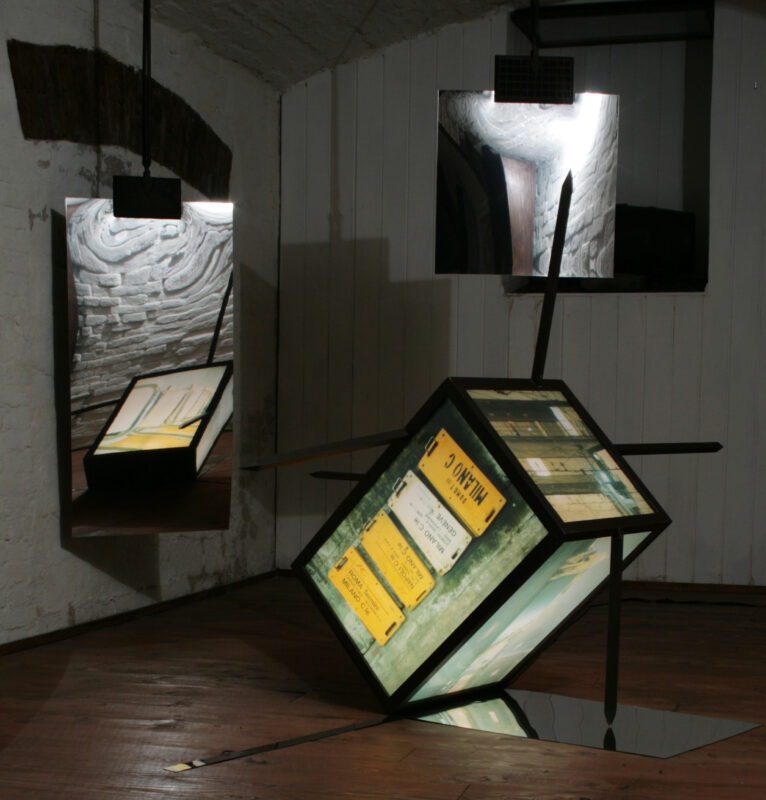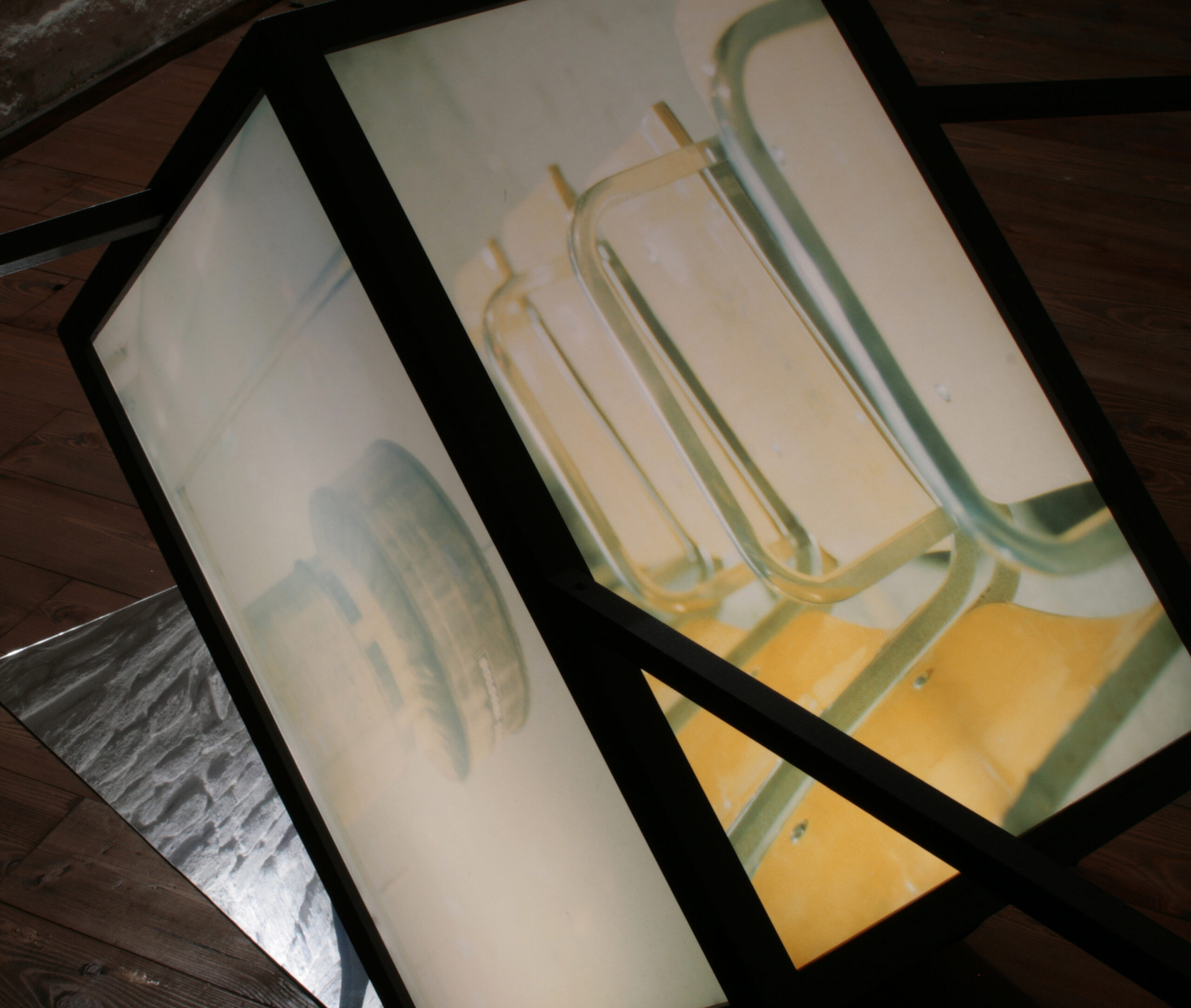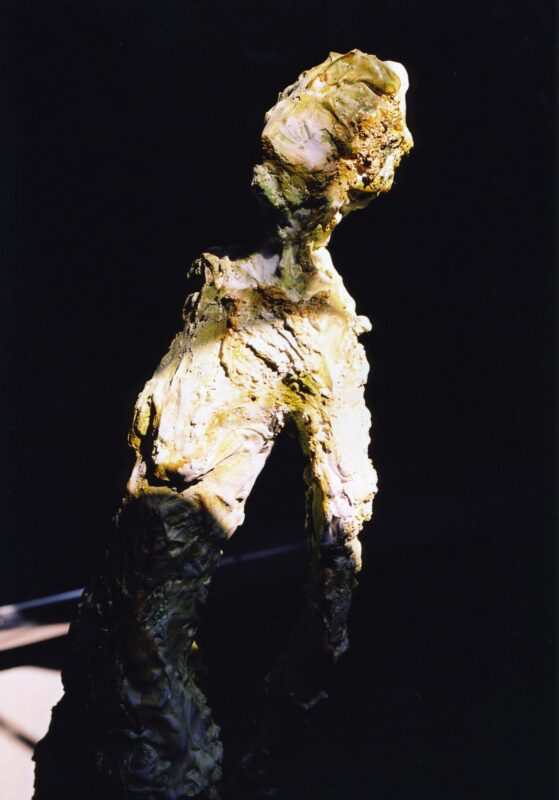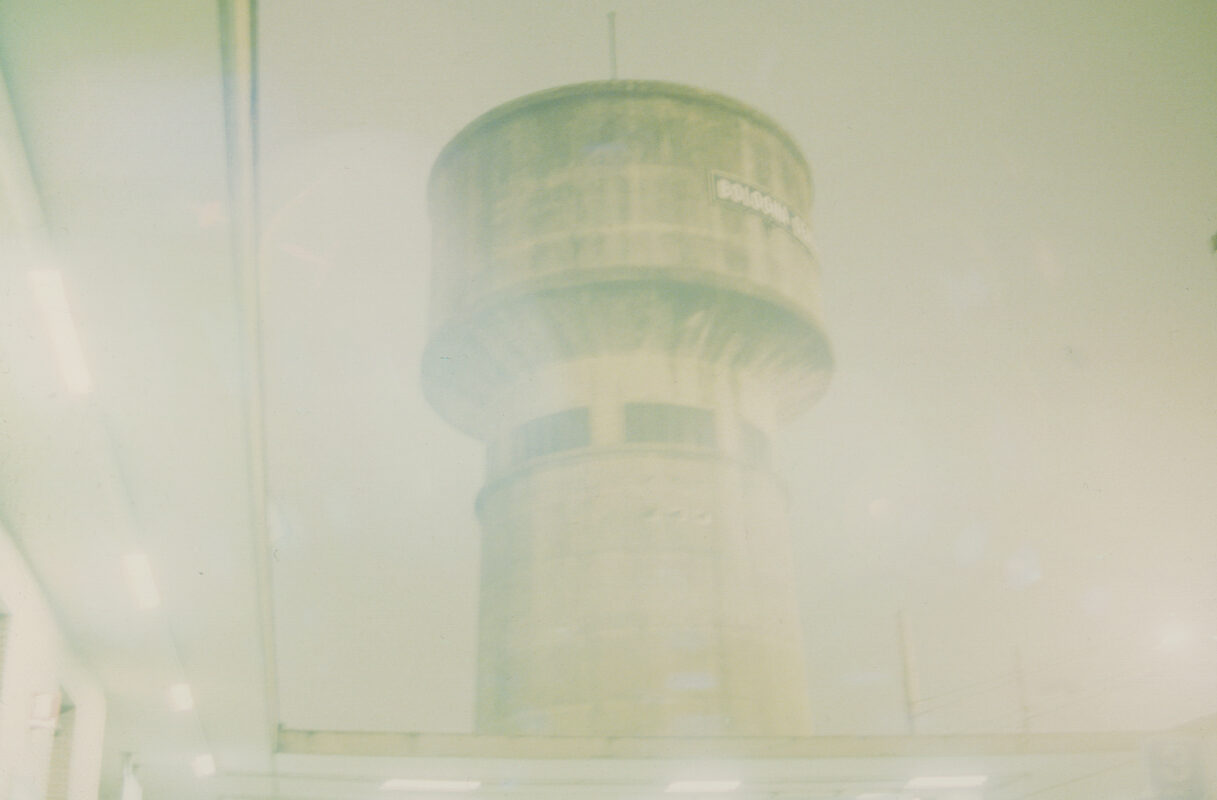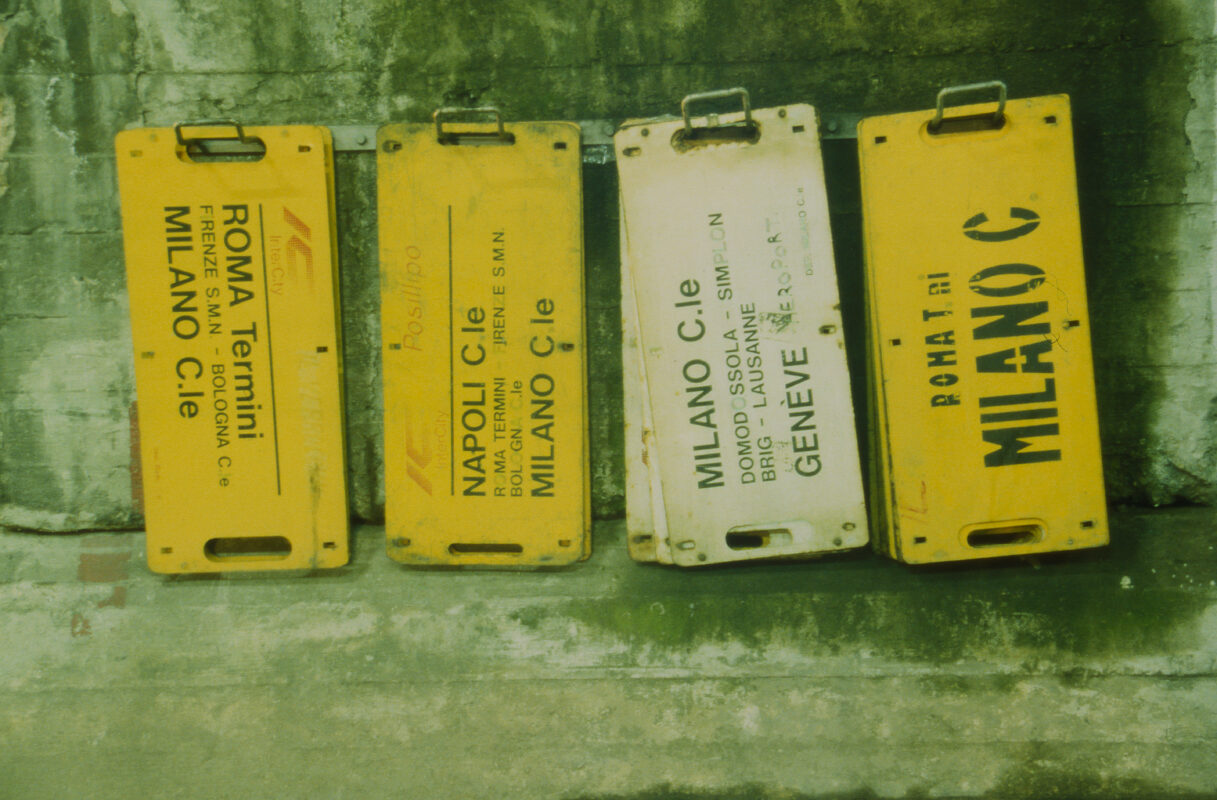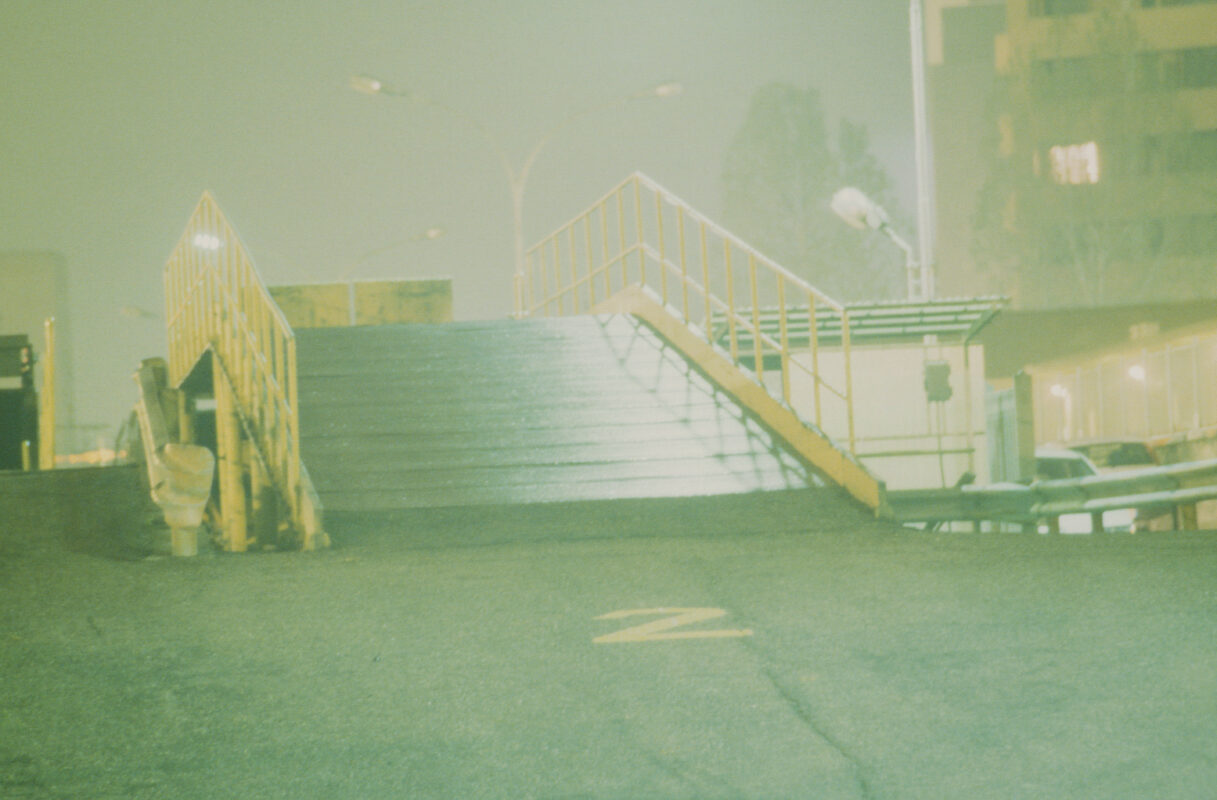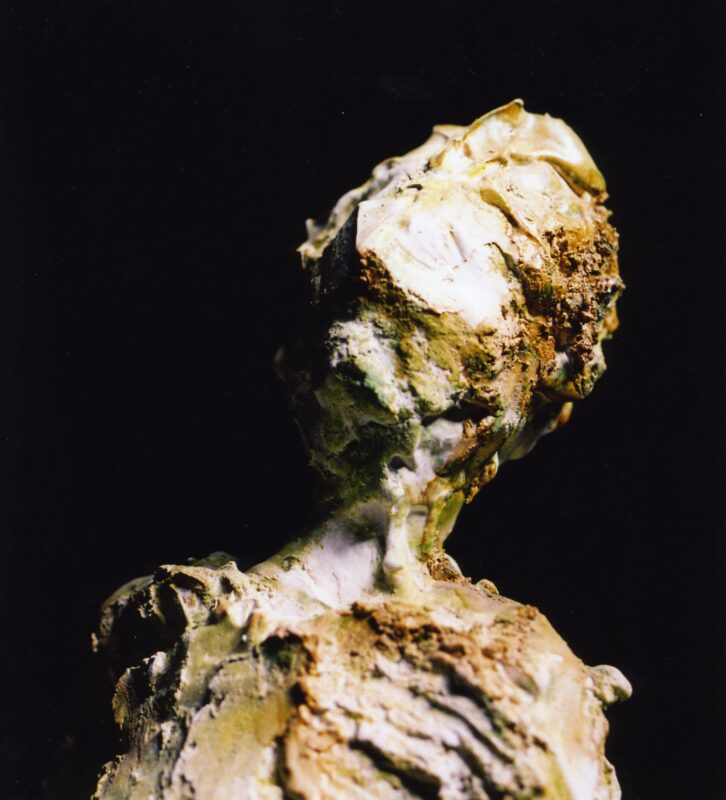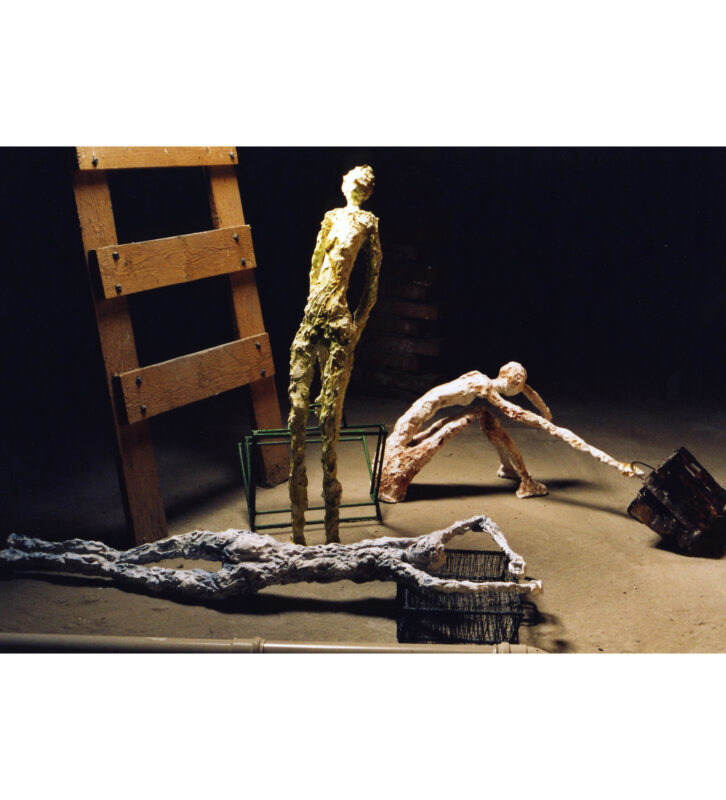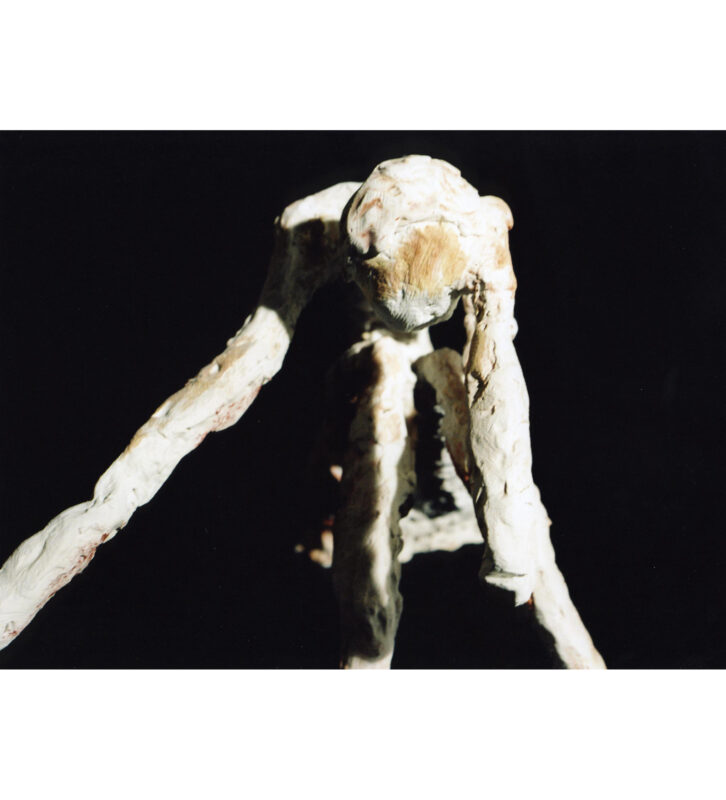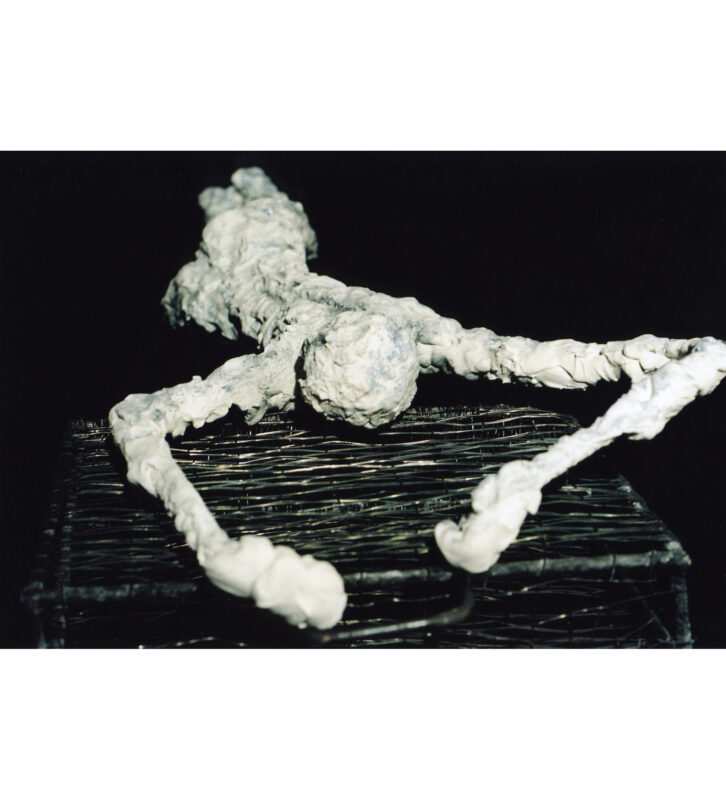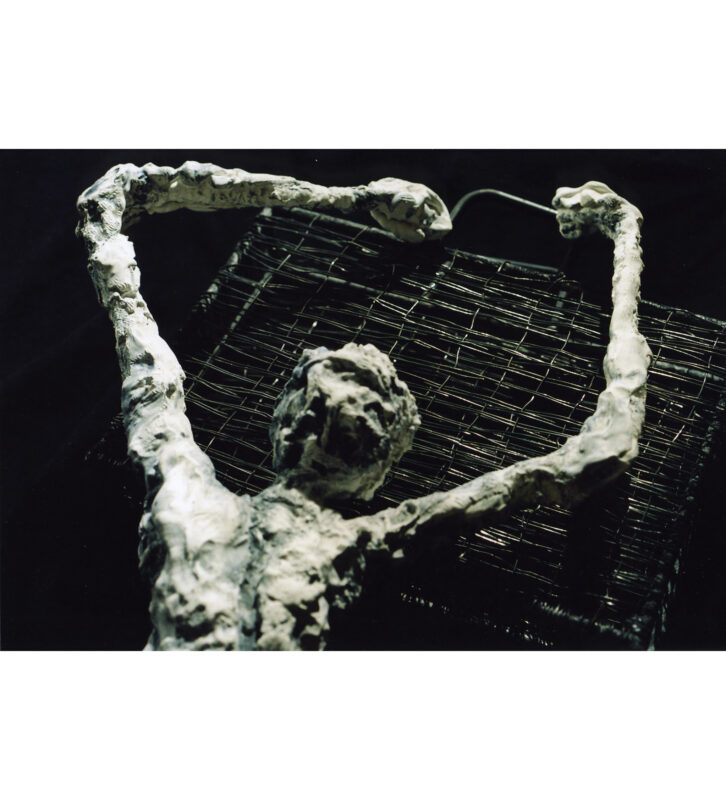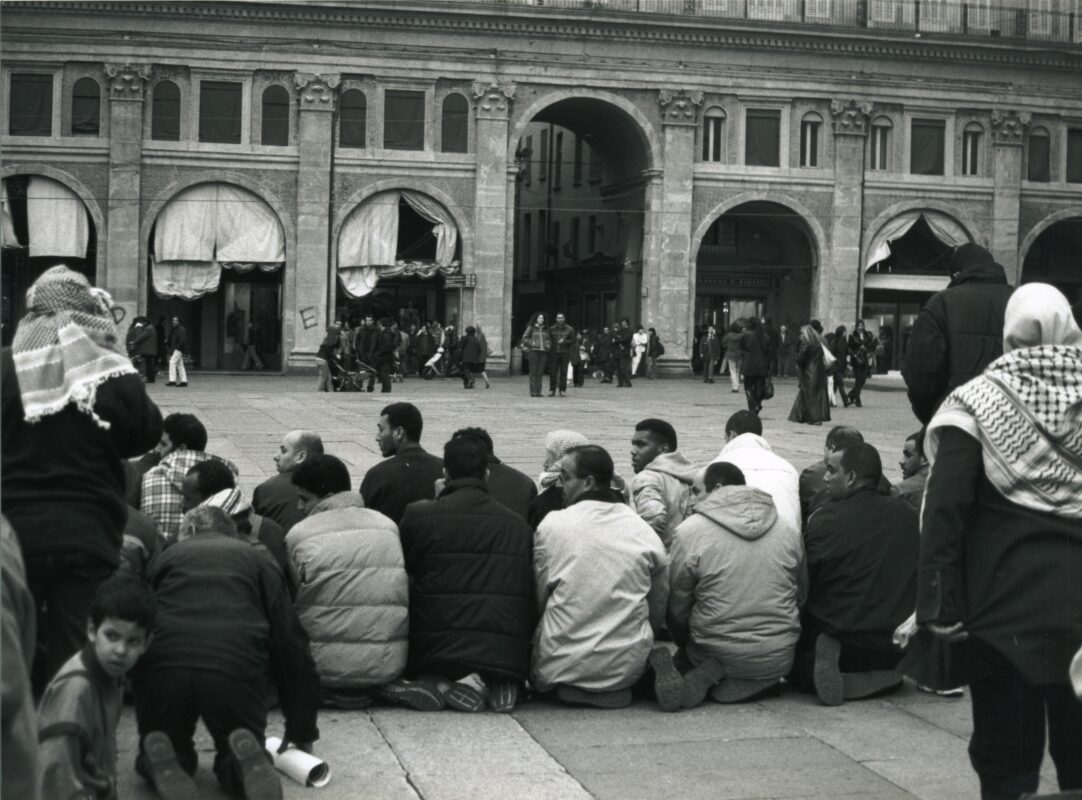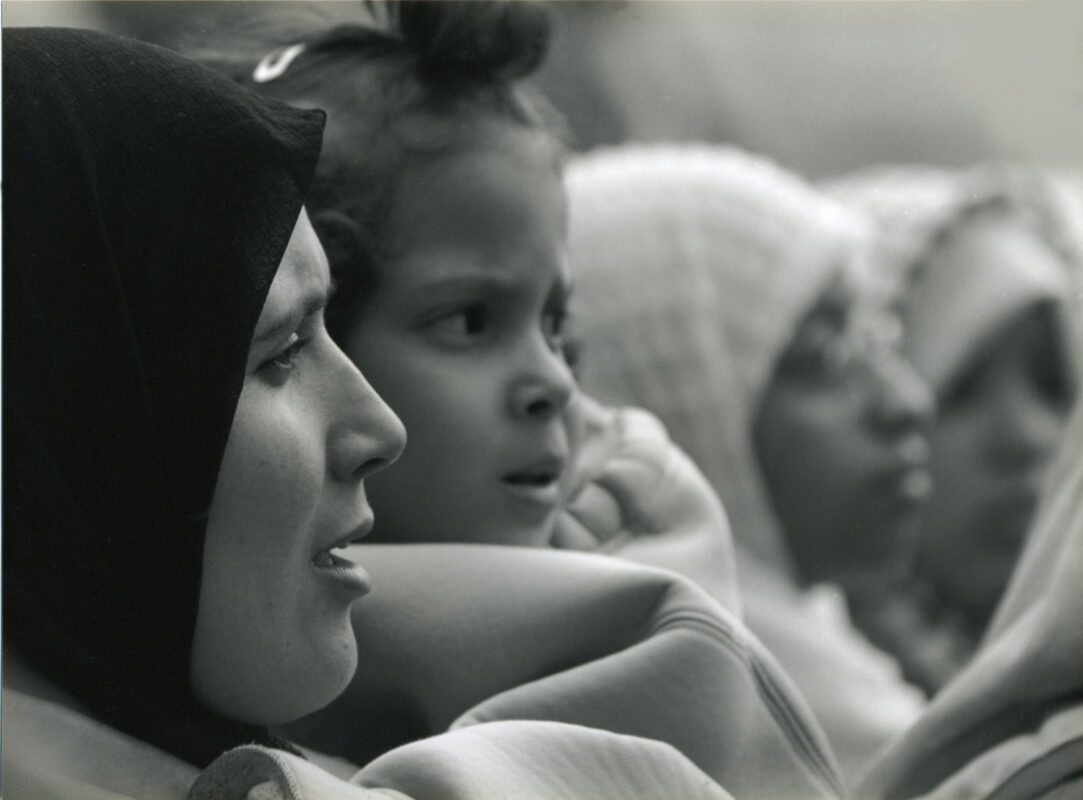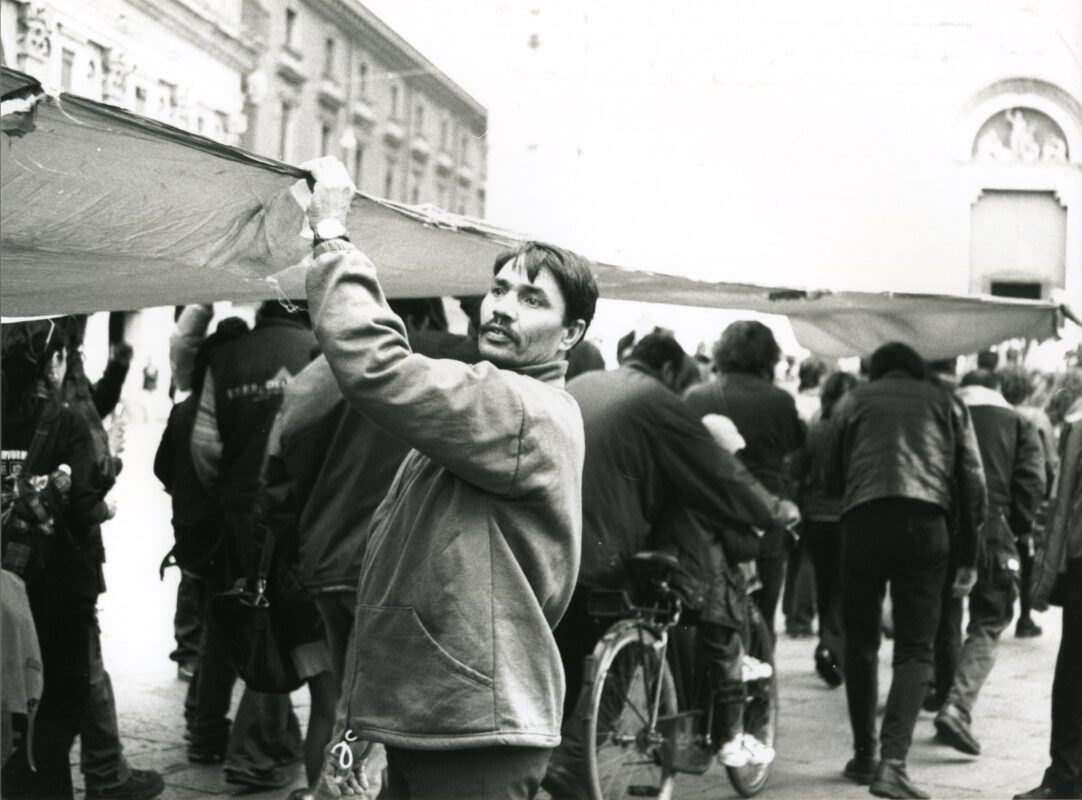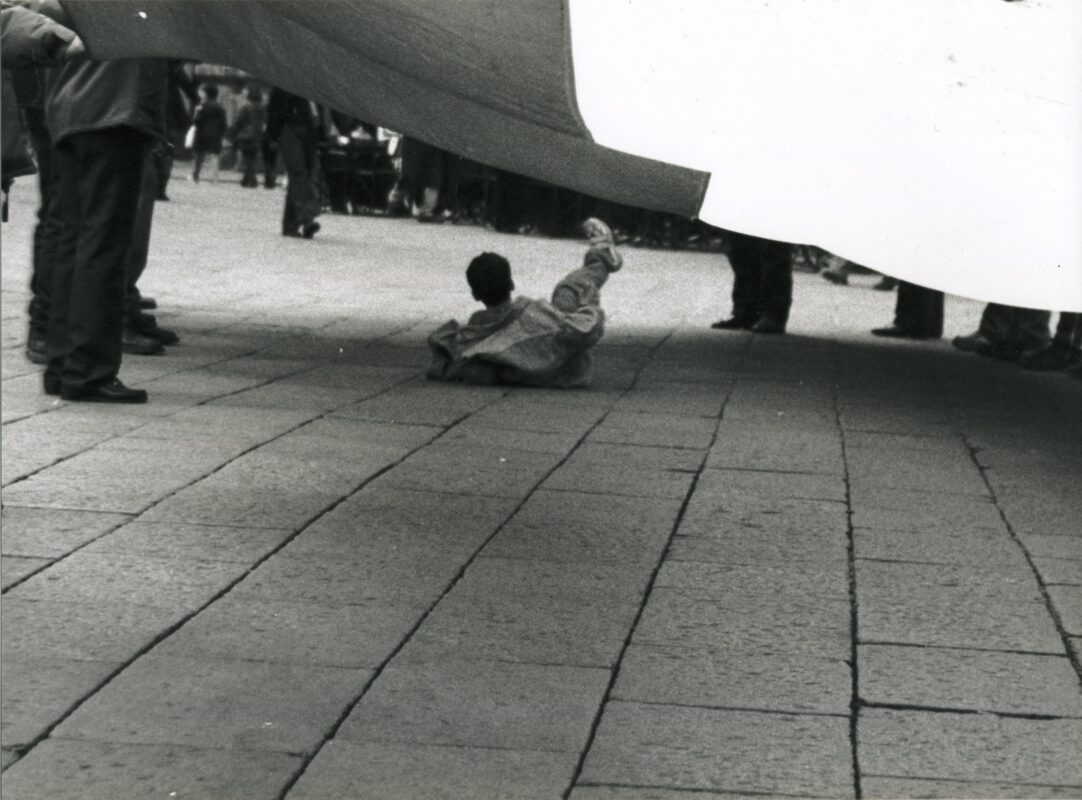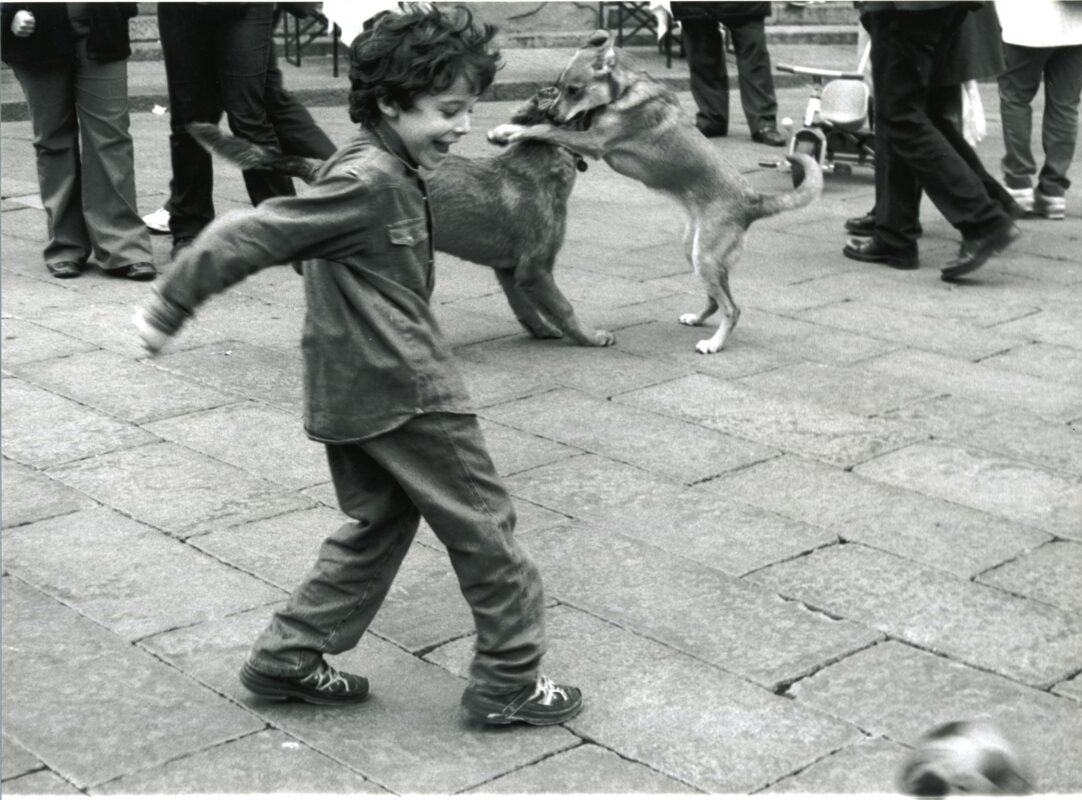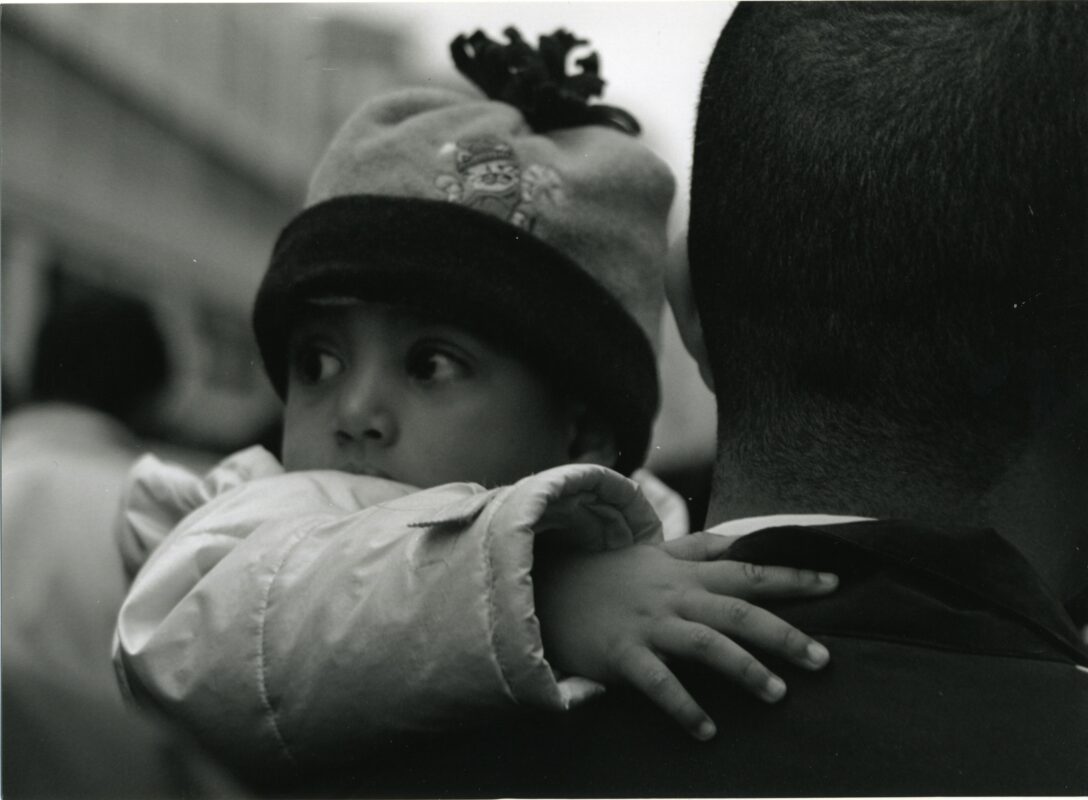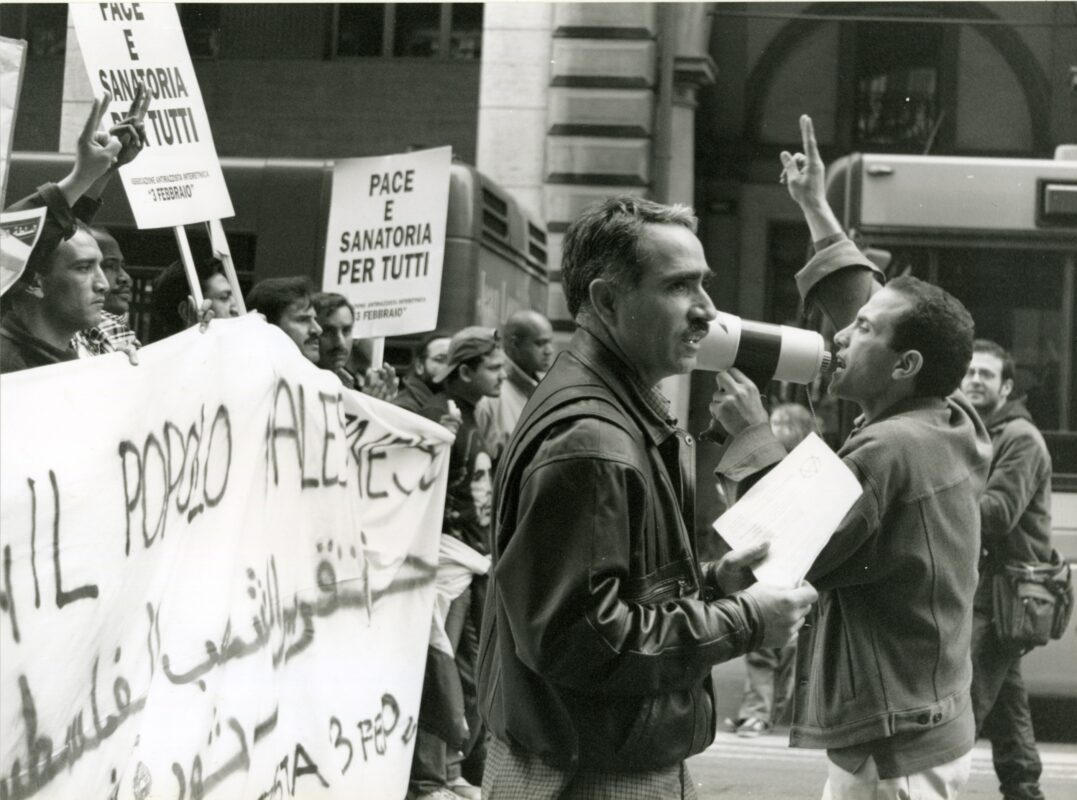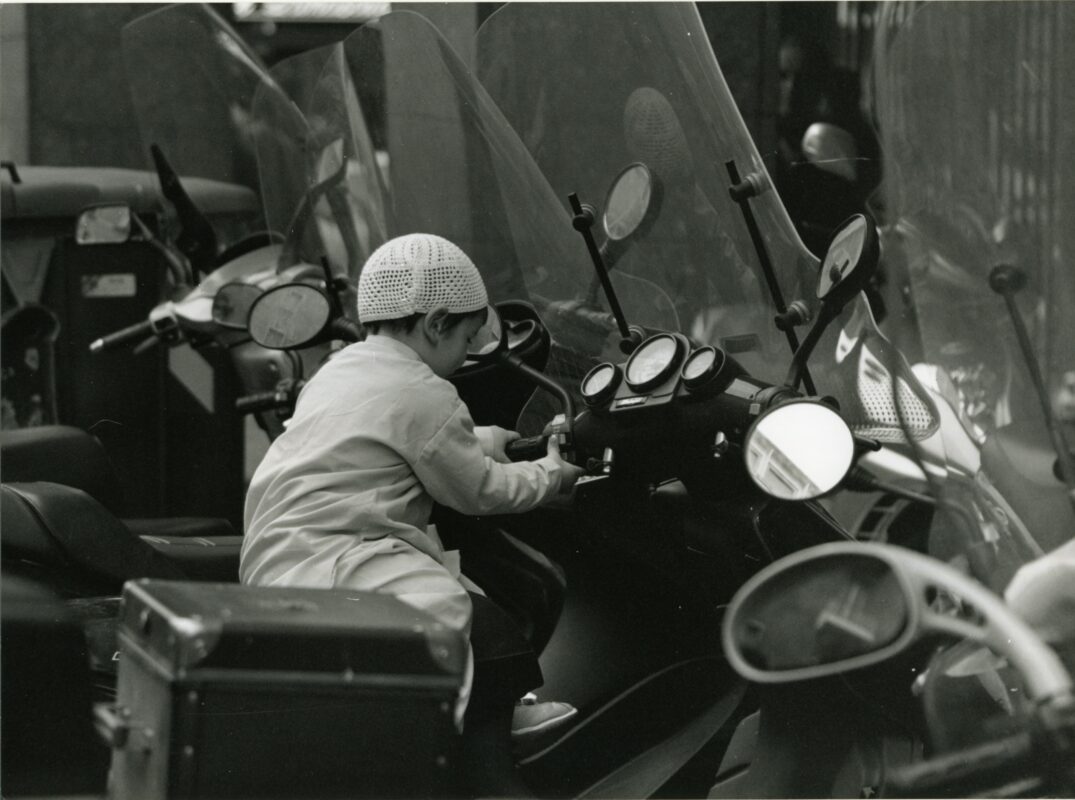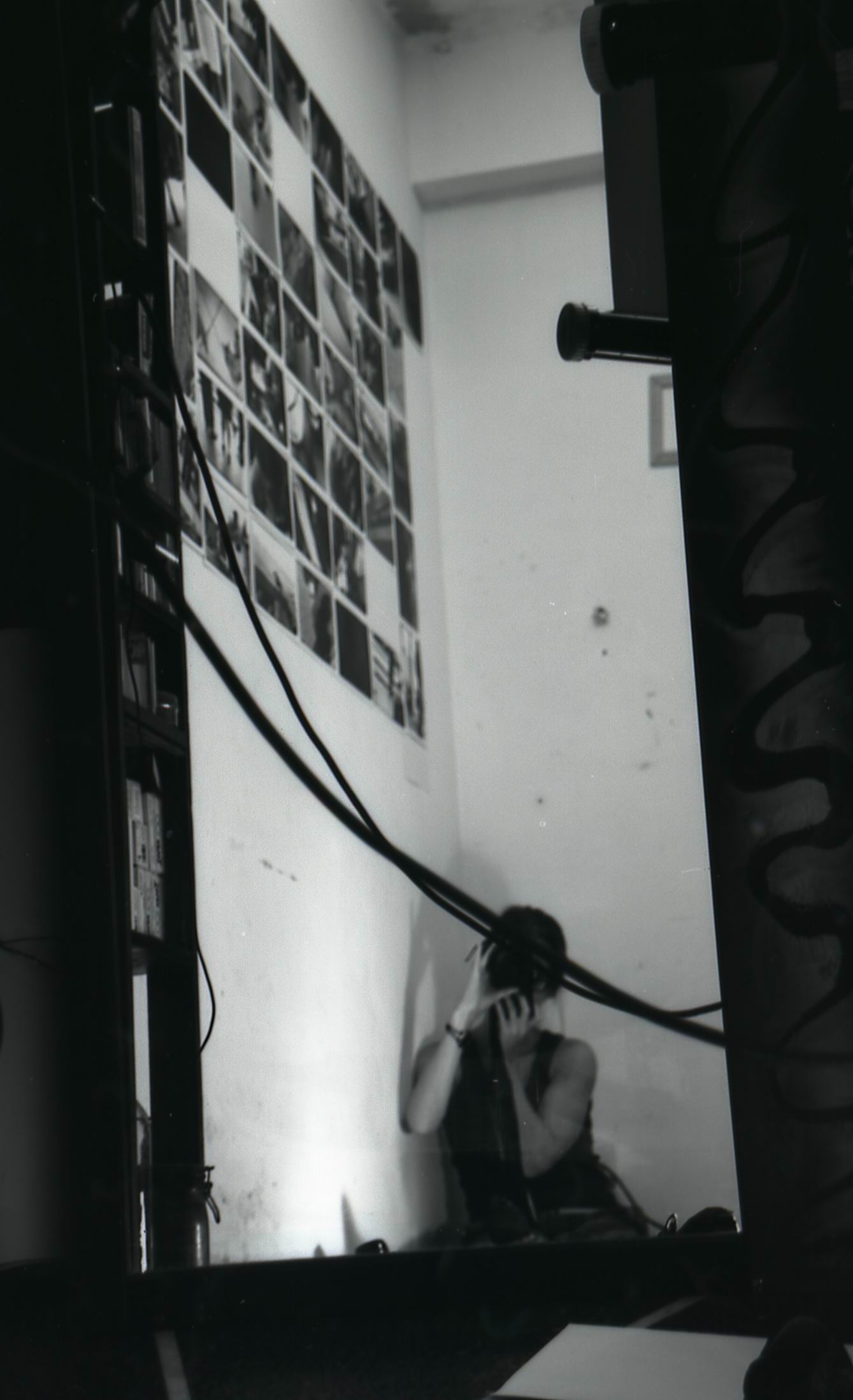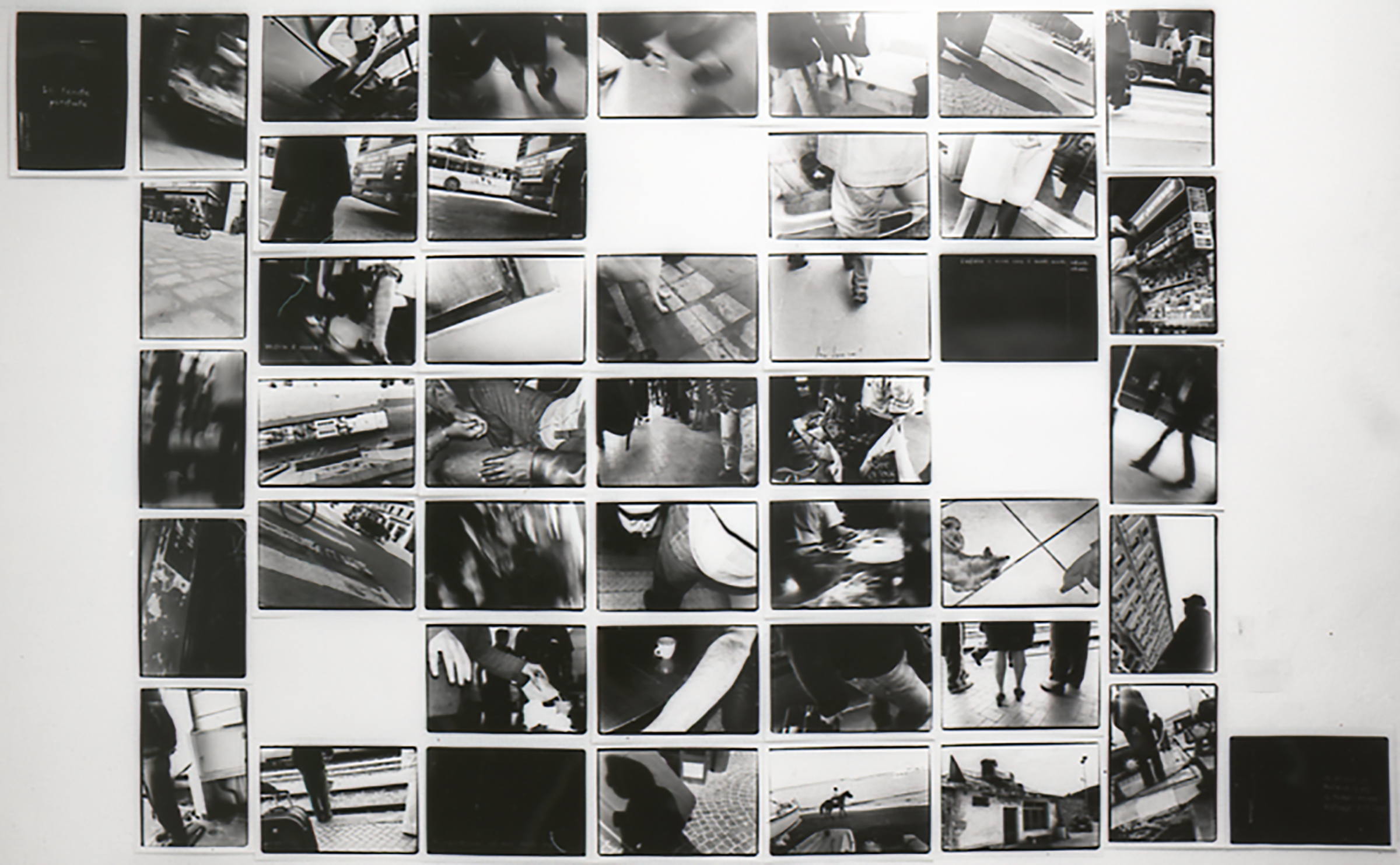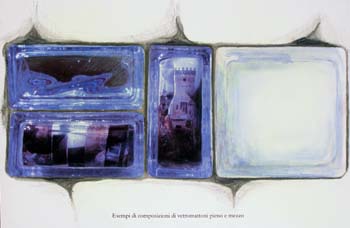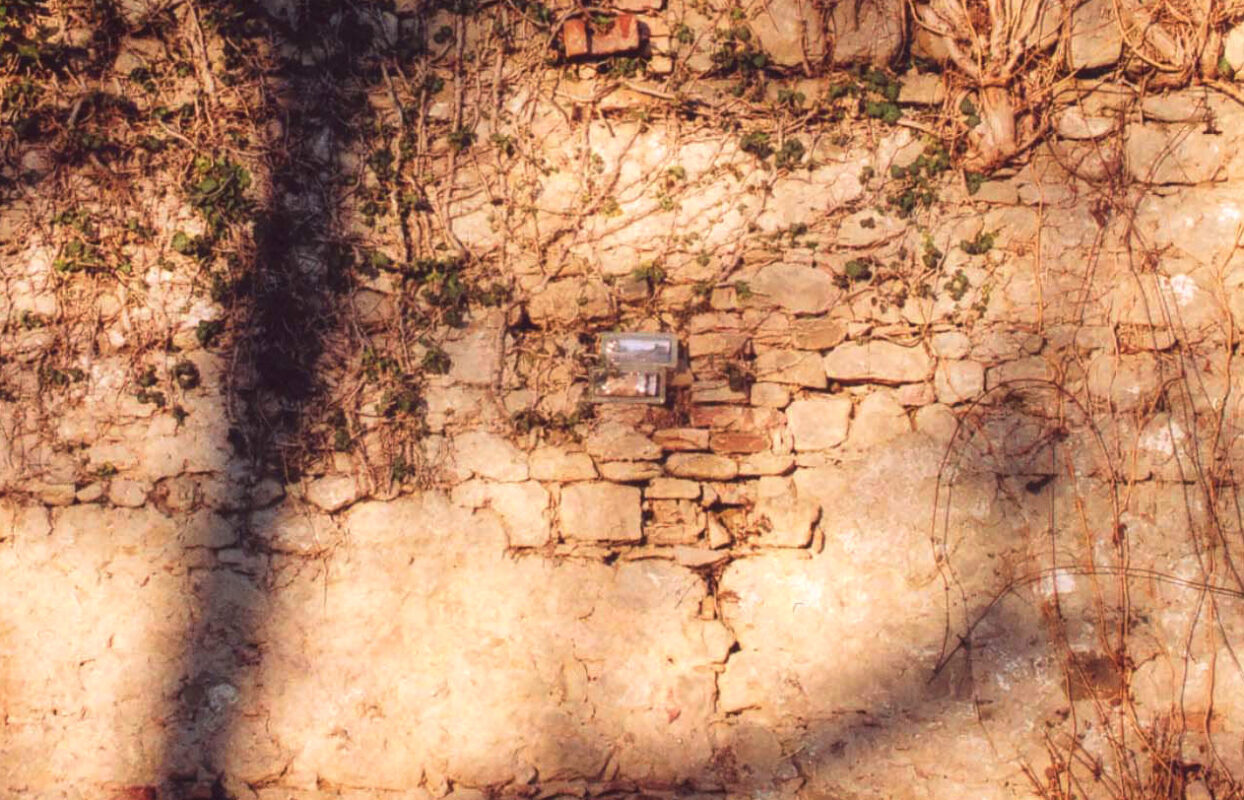In Bologna, there stood a so-called “temporary” immigration reception centre, uncomfortably close to an active tobacco factory. The factory’s toxic fumes began to invade the lives of those seeking refuge, their hopes quickly turning to despair. The youngest among them were hit the hardest, their delicate lungs struggling to cope. Within just three months, half of the residents – already worn down by hardship – showed the first signs of asthma. The heartbreaking reality? Italians who had lived there before were forced to leave for the very same reason.
In 2001, a powerful demonstration for immigrant rights emerged, drawing attention not just to this inhumane situation, but to the broader struggles of immigrants who faced injustice, discrimination, and neglect. It was a call to acknowledge their suffering, their humanity. The fumes, the living conditions, the violations – they were all part of a much larger issue, one that could no longer be ignored.
Yet, it wasn’t until a decade later that the immigration centre was finally dismantled – ten years of painful silence, of lives left to endure the unbearable, before any real change came to pass. The voices of the marginalized had been heard, but only after years of struggle and sorrow.
